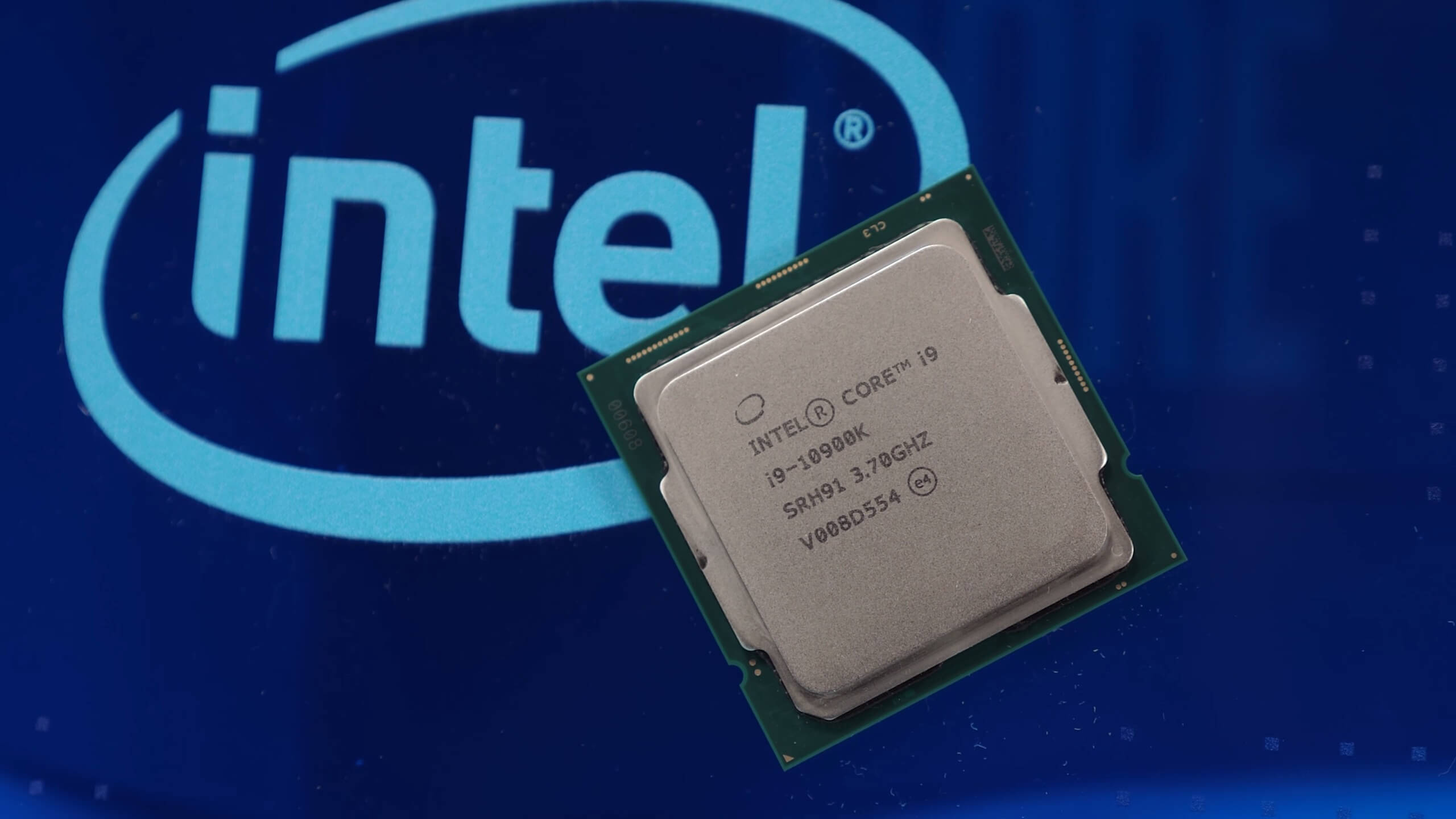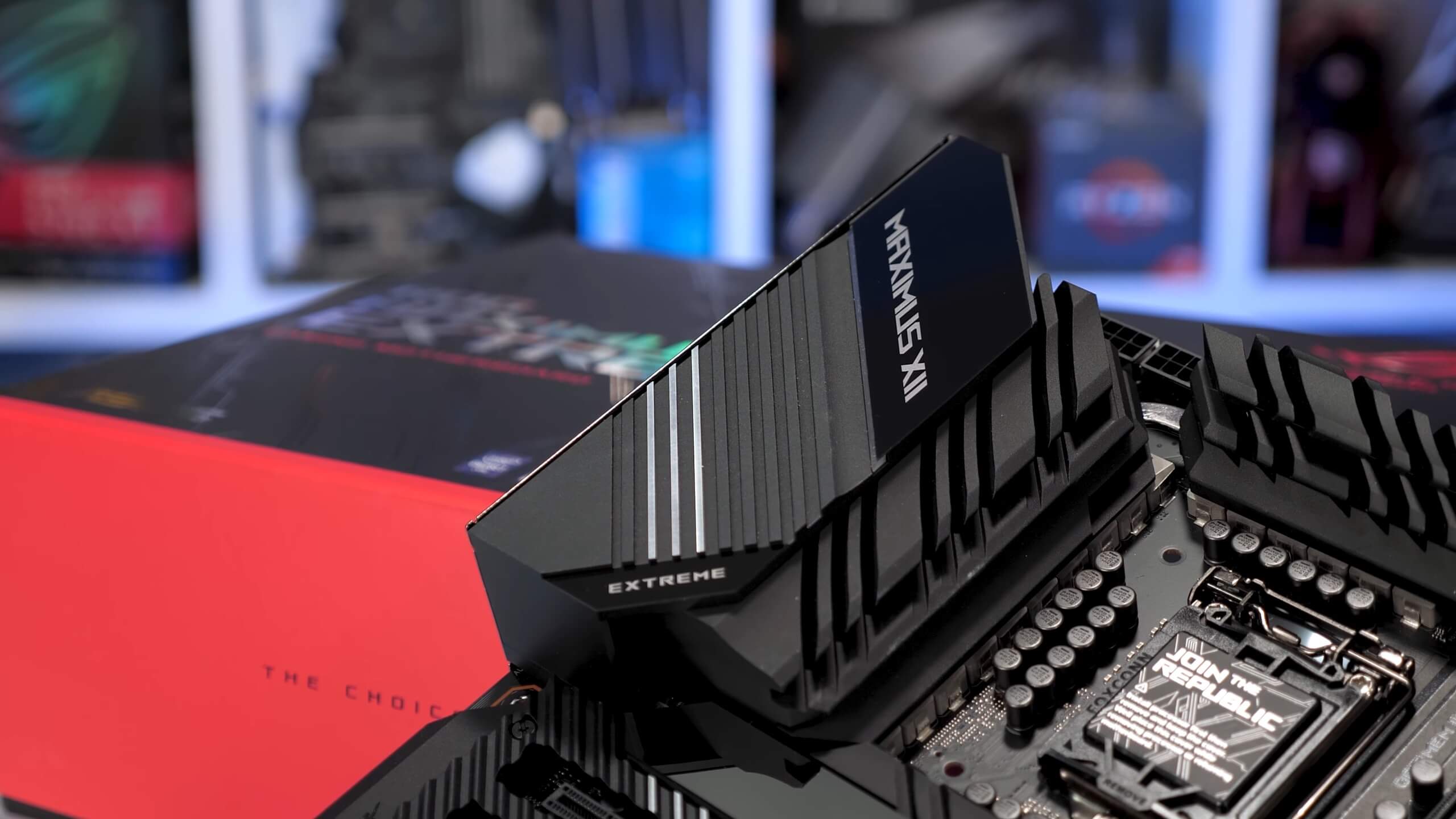Today we’re checking out Intel’s new enthusiast and gaming flagship CPU, the Core i9-10900K. Not to be confused with the Core i9-10900X which is a pointless 10-core Cascade Lake-X part for the LGA2066 socket, the 10900K is a much more interesting product using the brand new Z490 chipset featuring LGA1200 socket support and a lower price to boot.
The Core i9-10900K is a 10-core, 20-thread processor sporting a base frequency of 3.7 GHz and a single core turbo of 5.3 GHz using Intel’s new Thermal Velocity Boost. When compared to its predecessor, the 9900K, the L3 cache size has increased from 16 MB to 20 MB and the TDP has increased from 95w up to 125w. Also like the 9900K, the 10900K has the same $488 MSRP, though there are a few issues with this and we’ll address those towards the end of the review, for now we're sure you’d rather we got to the benchmarks as quickly as possible.

For testing the Ryzen processors we have used the Gigabyte X570 Aorus Master motherboard, while the 8th and 9th gen Intel Core processors were tested on the Gigabyte Z390 Aorus Ultra, and the new 10th-gen Core processors on the Asus ROG Maximus XII Extreme. All configurations were tested with an RTX 2080 Ti, 32GB of DDR4-3200 CL14 memory, and a Corsair Hydro H150i Pro 360mm all-in-one liquid cooler.
We’ve tested the 10900K in two configurations: one is a stock configuration with the XMP profile loaded which sees the multi-core enhancement setting disabled by default, as it should be. The second result which has been labeled "MCE" features multi-core enhancement enabled, this is essentially an overclocked configuration, like enabling PBO on an AMD Ryzen processor, for example.

While testing on the Asus ROG Maximus XII Extreme and MCE enabled, the board maintained an all-core clock frequency of 4.9 GHz, but with MCE disabled the frequency dropped as low as 4.3 GHz. Intel advertises up to a 4.9 GHz all-core turbo depending on workload and duration, so it seems Asus is adhering to that spec.

However, after we had finished all testing we started messing around with other motherboards from other makers and found different boost behavior. Using the MSI Z490 Tomahawk, the board by default runs all cores at 4.9 GHz, regardless of duration, and with MSI’s version of MCE enabled which they call ‘Enhanced Turbo’, the 10900K’s all-core frequency was 5.1 GHz. Basically MSI is allowing the Tomahawk to run in the maximum power state indefinitely, whereas Asus is following the Intel spec and after a short period of time reduces the frequency.

What this means is that the MCE results shown in this review are going to be very similar to what you’ll see out of the box with the Tomahawk and some other motherboards. We simply wanted to point that out as you’re likely going to see some variance in the results from one review to the next, with each board maker interpreting the Intel spec in their own way. We’ve also gone with the Asus motherboard for all our testing as it was provided by Intel for this review. With all that out of the way, let’s get into the results.

